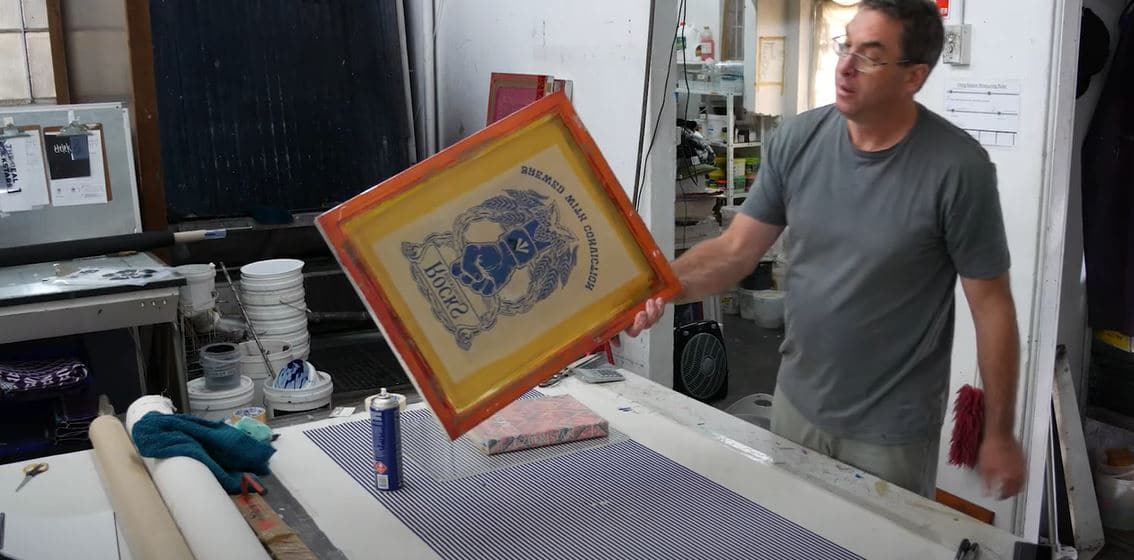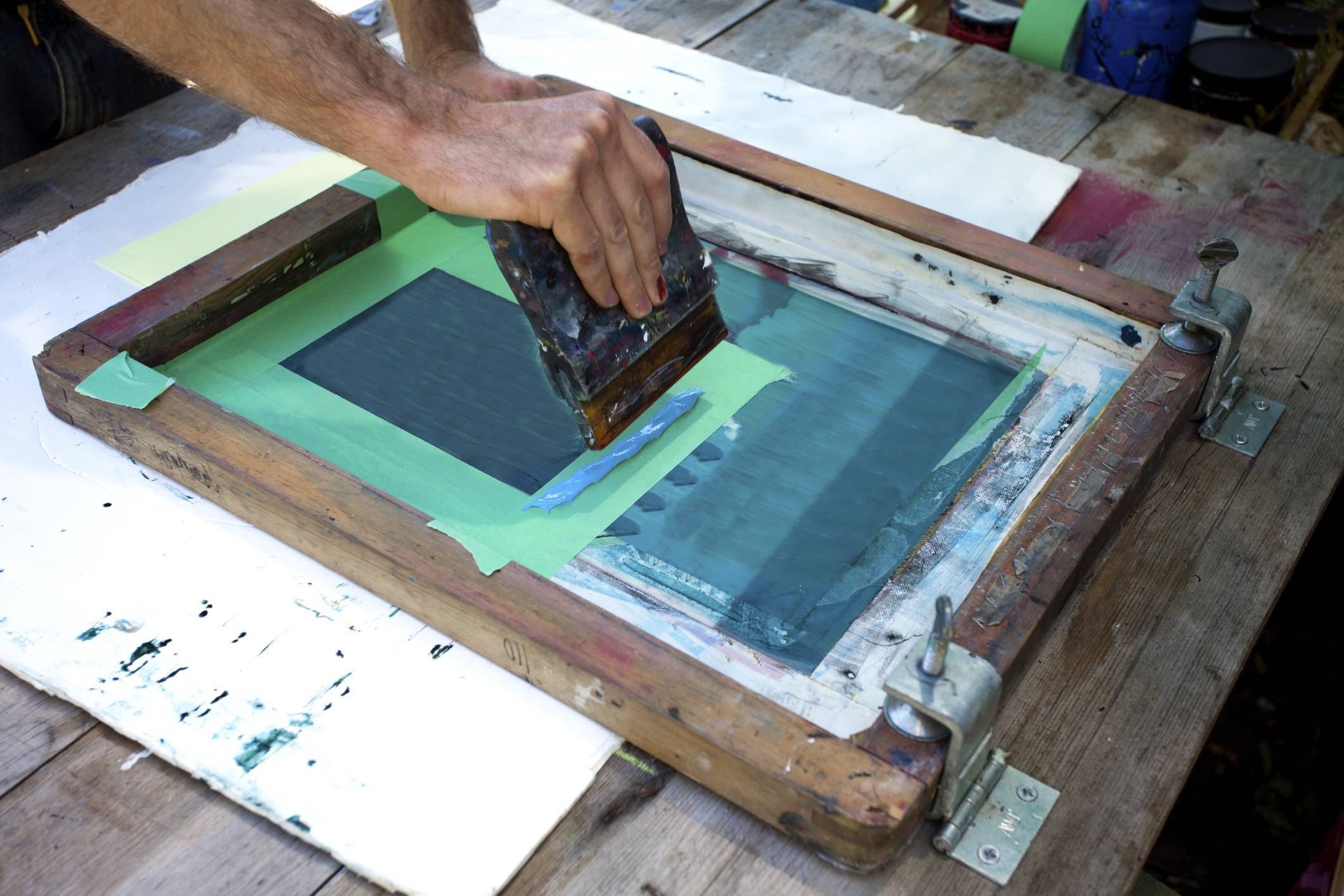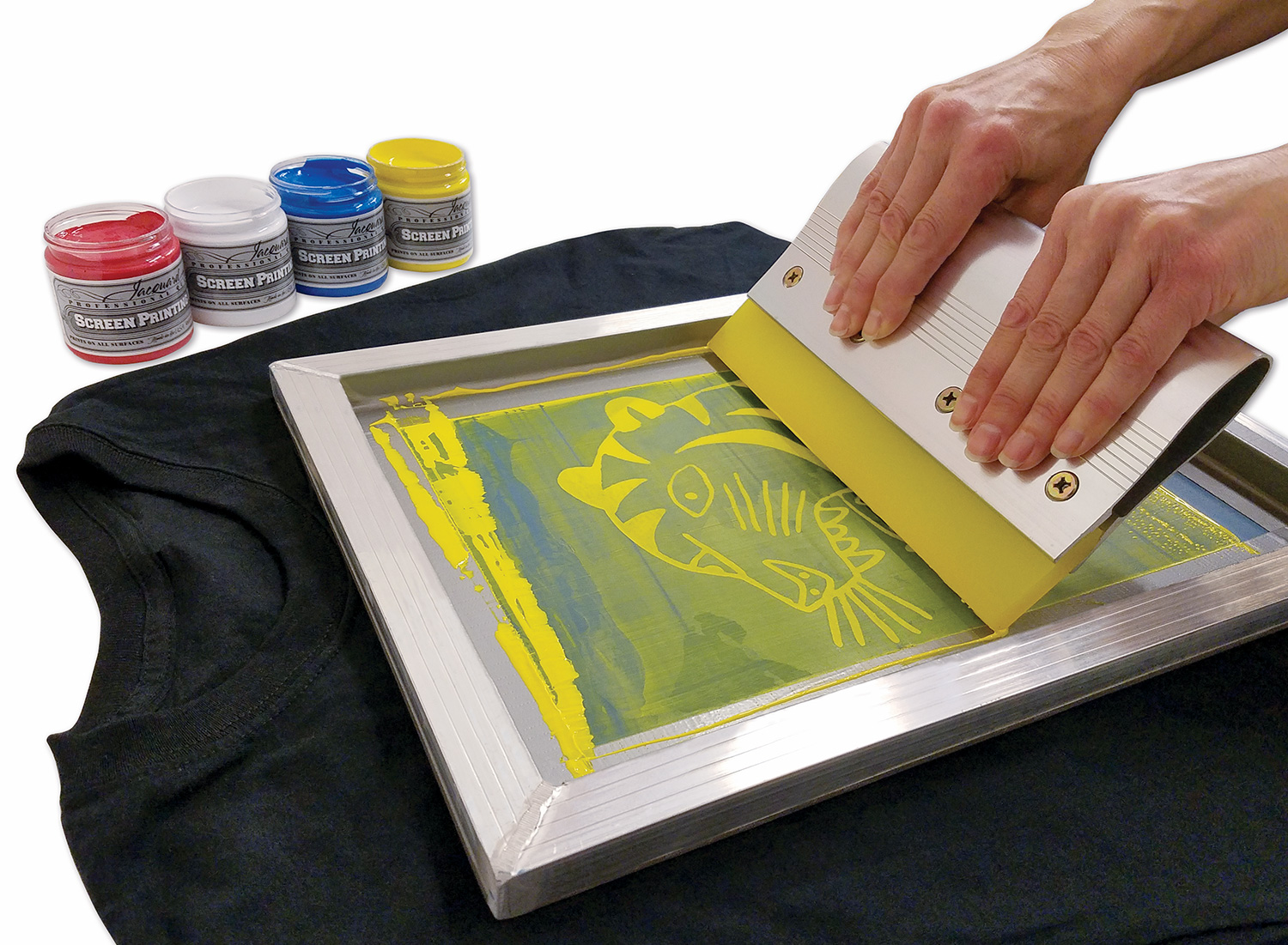ChatGPT said: How 10:9 Design Abilene is empowering creators
The Necessary Overview to Recognizing Screen Printing and Its Versatile Makes use of
Screen printing has an abundant background that goes back to old times, evolving right into an innovative strategy made use of throughout different markets today. This guide checks out the ins and outs of the screen printing procedure, describing its applications in fashion, home, and advertising style - 10:9 Design Screen Printing Texas. Recognizing these principles can open imaginative capacity for both creative and business tasks. The adhering to areas will certainly expose necessary suggestions and methods to enhance one's screen printing endeavors
The Background of Screen Printing
Screen printing has origins that trace back centuries, its development reflects the artistic and technical improvements of various cultures. Coming from old China, the technique was at first made use of for embellishing fabrics and later spread to Japan, where it ended up being essential to Ukiyo-e woodblock printing. The method moved to Europe in the 18th century, where it gained popularity amongst artisans and industrial printers. The invention of image emulsion in the 20th century changed screen printing, enabling even more elaborate layouts and greater performance. Artists like Andy Warhol even more thrust its popularity, making use of the medium to develop iconic jobs that blended commercialism and art. By the late 20th century, screen printing had developed itself as a versatile technique, utilized in style, advertising, and fine art. Today, it remains to advance, integrating digital innovation and broadening its applications throughout different sectors.
The Screen Printing Refine Explained
Screen printing changes artistic visions into tangible designs with a series of precise steps. Initially, an image is produced and after that transferred onto a screen, commonly made of fine mesh material stretched over a framework. A light-sensitive emulsion is applied to the screen, which is exposed to light, hardening in areas not covered by the photo. After washing out the unhardened solution, a pattern is created.
Next off, the screen is put over the substrate, whether it be material, paper, or one more material. Ink is after that pressed with the open locations of the pattern utilizing a squeegee, transferring the layout onto the substrate listed below. This procedure can be duplicated for numerous shades, requiring separate screens for every shade. The printed product is cured making use of warm to ensure the ink sticks properly, resulting in a durable, vivid style prepared for use.
Sorts Of Screen Printing Techniques

Furthermore, specialized methods, such as discharge screen printing, eliminate color from the material to create softer prints, while foil screen printing applies metallic aluminum foil website to attain a shiny finish (10:9 Design Abilene). Each method uses unique qualities, accommodating various innovative needs and manufacturing ranges, inevitably increasing the opportunities within the screen printing domain
Applications of Screen Printing in Various Industries

In addition, the signage and advertising markets utilize screen printing for producing attractive screens and banners. This technique enables bold colors and elaborate designs that capture focus. In electronic devices, screen printing is employed for applying conductive inks to circuit card, important for part links. The home décor market embraces screen printing to create distinctive styles on textiles and wall art. Overall, screen printing acts as a crucial device across varied fields, boosting products with customized and visually enticing graphics.
Tips for Successful Screen Printing Projects
While taking on a screen printing job, mindful focus to detail can significantly boost the final outcome. First, selecting top notch products is vital; this consists of the screen, inks, and substrates. Utilizing appropriate mesh counts can influence ink deposition and information resolution. Preparation is equally vital; comprehensive cleansing of displays and correct direct exposure times guarantee crisp prints.
Next, precise registration is crucial for multi-color prints. Using placement devices can aid achieve accurate layering. Furthermore, screening prints on scrap products before production helps determine prospective problems without throwing away resources.

Often Asked Inquiries
What Products Are Best for Screen Printing on Material?
Cotton and polyester blends are ideal for screen printing on material as a result of their durability and ink absorption. Furthermore, specialized textiles like silk or canvas can produce special appearances and finishes, improving the total layout quality.
Exactly how Do I Tidy and Maintain Screen Printing Devices?
To clean and preserve screen printing tools, one ought to consistently clean screens with appropriate solvents, examine mops for wear, oil moving parts, and store all products in a completely dry, dust-free setting to prolong their lifespan.
What Are the Environmental Influences of Screen Printing?
Screen printing can have significant environmental effects, consisting of chemical waste from solvents and inks, water use during cleaning processes, and energy usage. Lasting practices and eco-friendly materials are essential for minimizing these negative results.
Can Screen Printing Be Done in your home Successfully?
Screen printing can be successfully done at home with the ideal materials and techniques. Hobbyists can develop top quality prints, though success depends upon their skill degree, equipment, and understanding of the process entailed.
What Are the Prices Connected With Starting a Screen Printing Service?

Starting a screen printing company involves expenses for equipment, products, and workspace. First expenses commonly range from a few hundred to several thousand bucks, depending upon the range, top quality of machinery, and wanted production ability.
Screen printing has a rich background that dates back to ancient times, advancing right into a sophisticated method utilized throughout different industries today. One more strategy, rotary screen printing, uses cylindrical displays, promoting continuous printing on material rolls, thereby improving efficiency for massive manufacturings. Additionally, specialized strategies, such as discharge screen printing, eliminate color from the fabric to produce softer prints, while aluminum foil screen printing applies metallic aluminum foil to attain a shiny surface. In the fashion field, screen printing is commonly used to create dynamic styles on garments, enabling brands to showcase their one-of-a-kind styles. Cotton and polyester blends are optimal for screen printing on textile due to their durability and ink absorption.